Decoding Intention: Towards Controlled AI-Driven Architectural Visualization
“This document presents an iterative process aimed at achieving architectural outputs that remain structurally and visually faithful to a clearly defined design intention. Through prompt refinement, visual consistency control, and a progressive alignment between human intent and AI interpretation, we explore the potential of wireframes as the foundational layer for reliable architectural visualization.”
Fernando Alberto
3/28/20253 min read
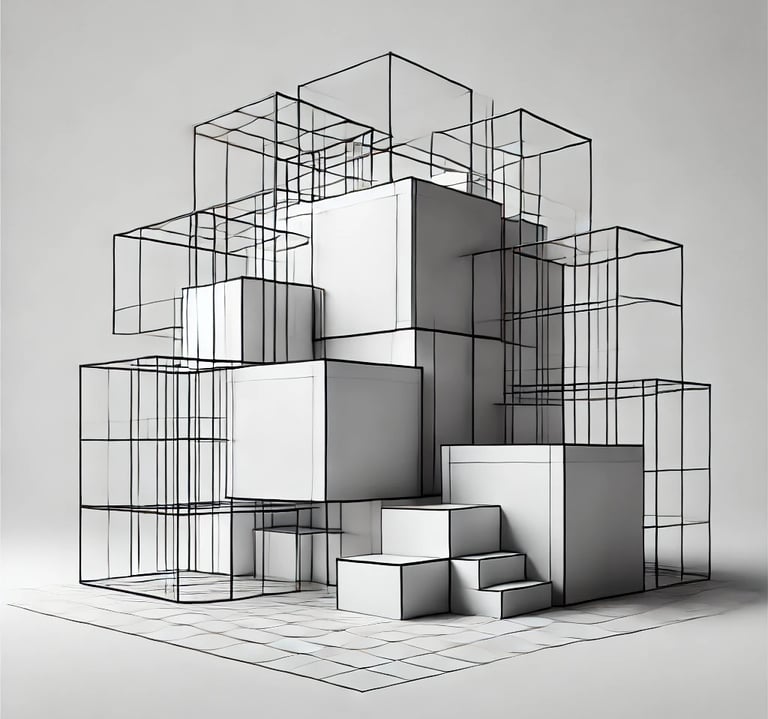

Over the past weeks, I’ve been working on a challenge that sits at the intersection of architecture and artificial intelligence: How can we generate architectural outputs with AI that stay truly faithful to a clear, human-driven design intention?
The answer—or at least the first breakthrough came when we stopped chasing beautiful renders and decided to focus on something far more fundamental: wireframes.
Why wireframes?
Wireframes allowed us to strip away distractions and focus on volume, proportion, alignment, and spatial logic — elements that matter deeply when you’re working with AI models that often default to aesthetic conventions from their training data.
We learned that words like “building” or “low-rise” were misleading. That prompt grammar mattered. That, achieving consistency across views wasn’t just about being explicit — it was about teaching the model how to think with us.
Process and iteration
Through dozens of iterations, we refined the process:
Simplified and restructured prompt language
Validated outputs across frontal, lateral, and aerial views
Developed a visual control loop to catch misinterpretations
Defined clear limits on decorative and interpretive elements
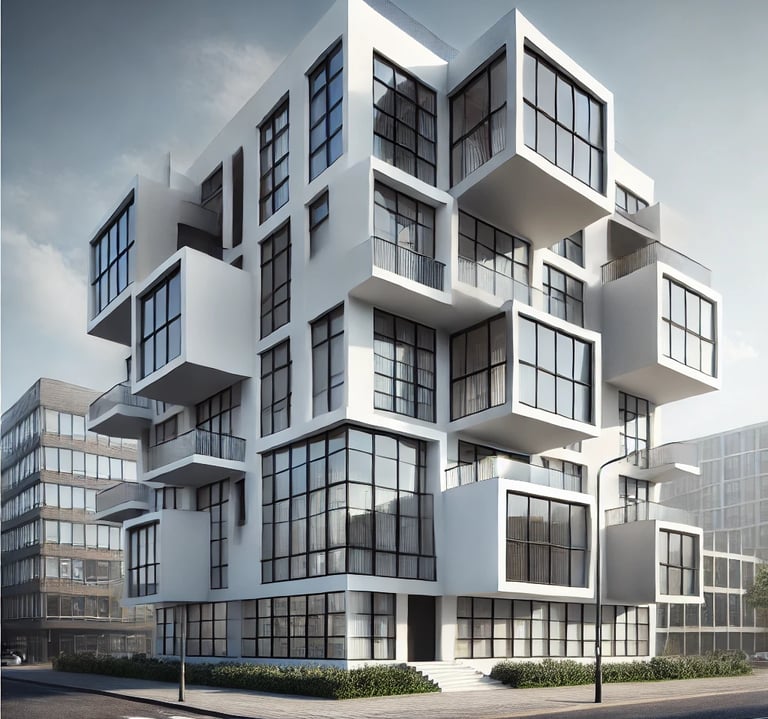

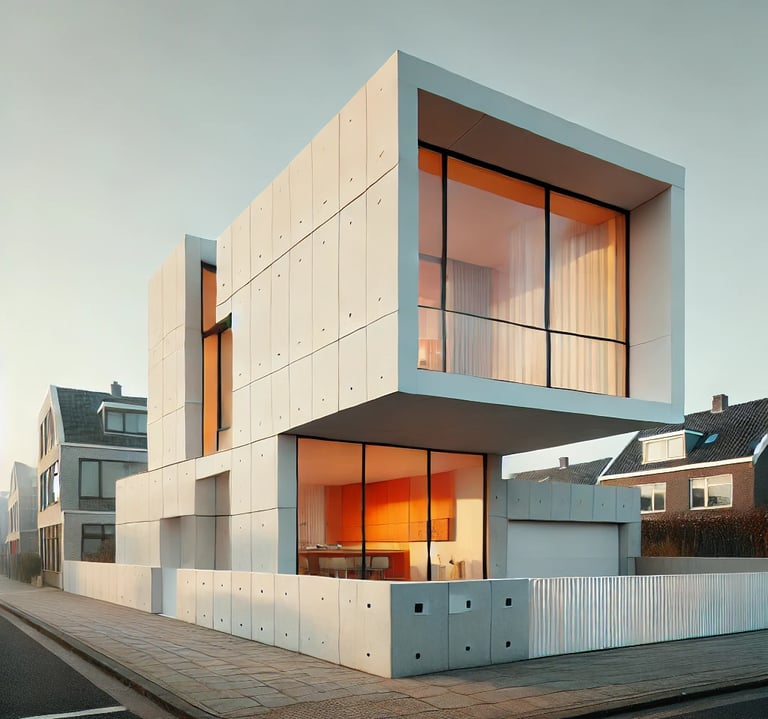

DALL·E - A modernist detached low-rise single-story house with no upper level, located in an urban environment in Utrecht, adjacent to a taller structure.
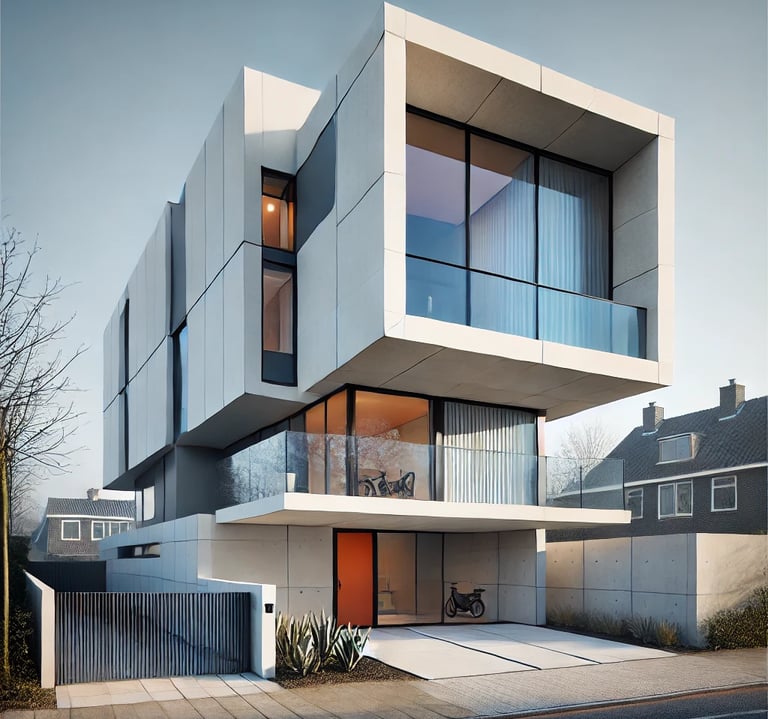

DALL·E - A modernist detached low-rise single-story house with no upper level, located in an urban environment in Utrecht, adjacent to a taller structure.
From sketch to structure
Everything started with a simple visual sketch — colour-coded, intuitive, and symbolic. From that, we built a vocabulary of geometry, proportion, and intentional constraint.


Collaboration with AI
The real value of this project has been the collaboration between humans and machines, not as master and tool, but as partners.
I defined the intention, spotted the deviations, and refined the strategy. My AI companion —Socio I— responded, adapted, and delivered.
This is not about replacing the architect. It’s about expanding our design language through an algorithmic mind that learns to see with us.

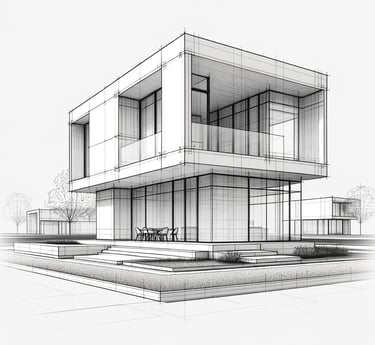
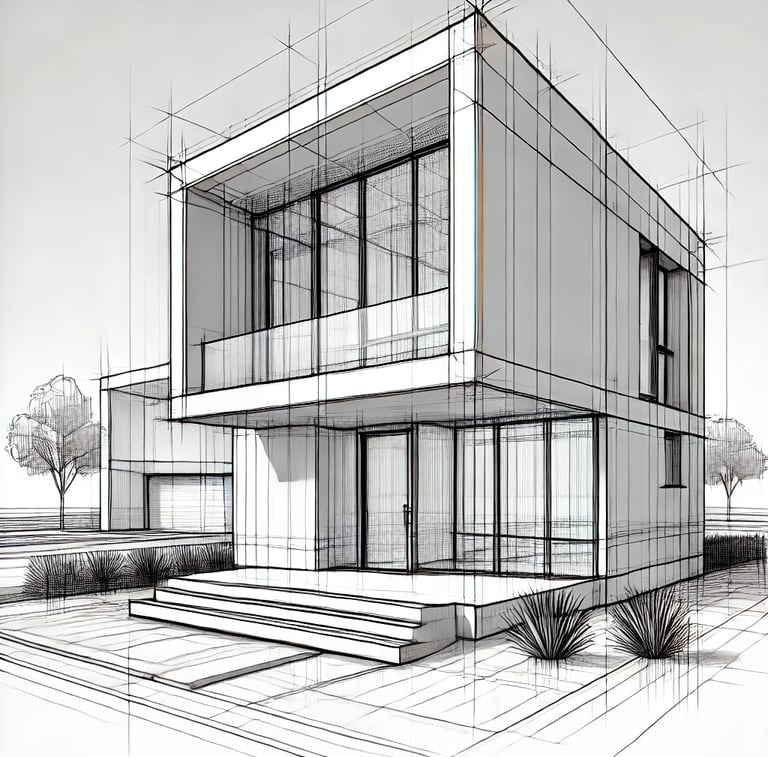

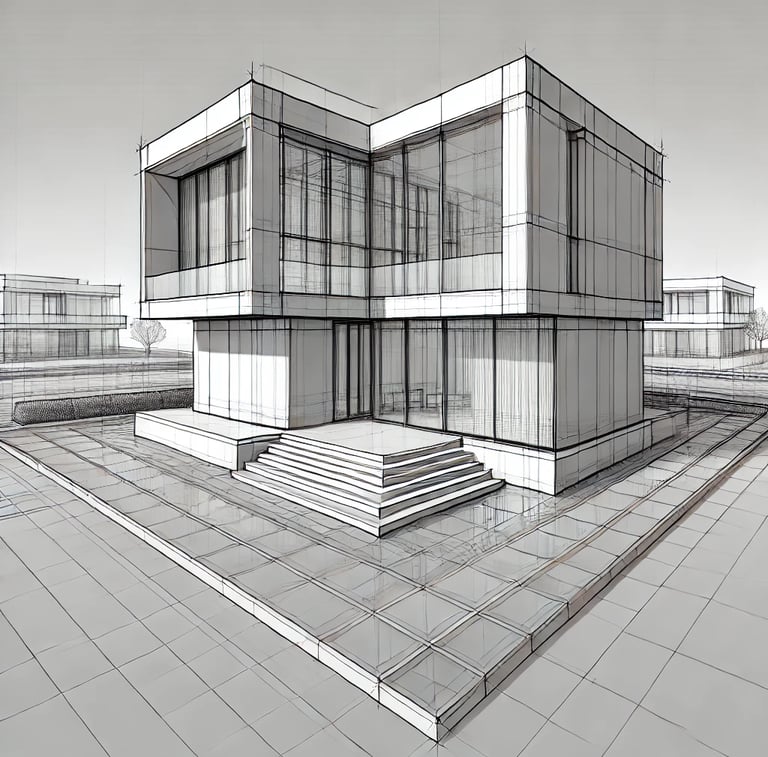

Architectural wireframe drawing of the same modernist attached single-story house with an upper volume, now shown from the left side in a 3_4 frontal view
Architectural wireframe drawing of a modernist attached single-story house with an upper volume. The structure is cubic, compact, and low-rise.
Architectural wireframe drawing of the same modernist attached single-story house with an upper volume, shown from a drone-like perspective from behind
#AI #Architecture #HumanAI #DesignProcess #Wireframes #PromptEngineering #GenerativeDesign
Connect
contact
fernando77sol@gmail.com
© 2025. All rights reserved.
Showcasing my journey, skills, and aspirations.
Disclaimer: By using this website, you agree to its Terms of Use and acknowledge the Privacy Policy.
For more details, please refer to the Privacy Policy & Terms of Use & Cookie Policy.
